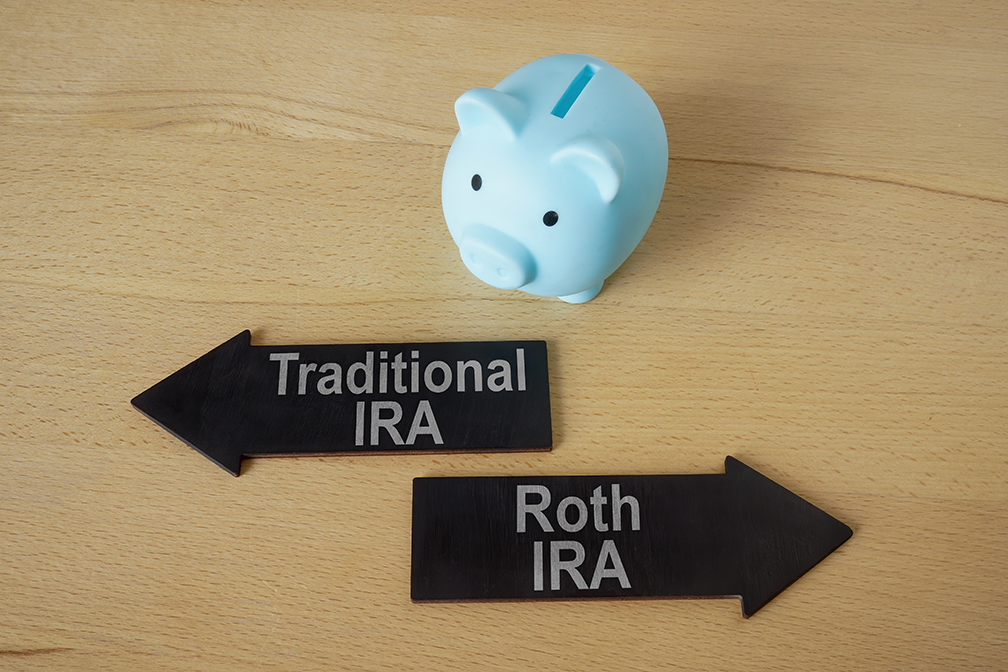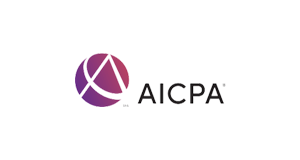Here’s a question most people don’t ask (but more should be thinking about):
Should I be investing in my Roth IRA differently than my traditional IRA?
Asset Allocation
This is what we call an asset allocation question.
“Asset allocation” is the practice of spreading your investments across various asset classes like stocks, bonds, and cash to manage risk and maximize returns as you pursue your financial goals.
What’s the thinking behind allocating the assets in your various retirement accounts?
First, let’s quickly review the three most common account types:
- Taxable accounts are like brokerage accounts, CDs at the bank, or savings accounts. These are not technically “retirement accounts” (though they may hold money you’re saving for retirement). You’re taxed on the growth of any money in such an account.
- Traditional IRAs are retirement accounts that allow you to defer paying taxes until later. You put money in now, and get a tax deduction now. In the future, when you withdraw that money, you are required to pay taxes at ordinary income tax rates on those distributions.
- Roth IRAs are retirement accounts that you contribute to now with after-tax dollars. You don’t get an upfront tax deduction; however, when you withdraw the money in retirement (after age 59 and half if you had the account for at least five years), you get a benefit: you don’t pay taxes on those distributions.
This brings us back to our original question: given these rules, should you be investing the same way with your traditional IRA as you do with your Roth IRA?
Some Investing Options
As stated, with a Roth IRA your gains are tax-free. Many people look at this fact and think I want my aggressive investments to be in my Roth IRA. Why? Because all those gains will belong to me; I won’t have to write a big check to the IRS.
That fact may prompt you to decide I want to be aggressive with my Roth account.
But here’s another way to look at it: if you are overly aggressive, and you lose a bunch of money, you will bear the full brunt of those losses. The IRS won’t share in that loss. They won’t lose tax revenue because they got their money upfront!
Another way to look at where to allocate your money is in terms of tax efficiency. It’s fine to have an investment that’s already tax efficient (e.g., a tax-free municipal bond) in your taxable account (i.e., your traditional IRA). There’s no pressure to move that investment over to your Roth account; it’s already providing you with tax advantages.
What about high-growth stocks? If you keep them in a traditional account, any gains will be taxable. By moving those investments to your Roth account, your gains will be tax-free.
You need to ask, “What’s the right asset allocation for me? How much of my money do I want to be aggressive with? How much of it do I want to invest conservatively?” Your asset allocation needs to fit who you are as an investor. It needs to align with your personality and your risk comfort level.
Generally speaking, you want to be aggressive enough that you have more money years from now to pay for all the things that will cost more (due to inflation). But you want to be conservative enough that you have cash available to pay for your living expenses should the stock market go down.
A possible scenario
Let’s say, for example, you decide you want your portfolio to be 60% aggressive and 40% conservative. You deem that to be a good asset allocation for you.
The next step would be to determine your asset location. Again, in most cases, I believe your more aggressive investments should be in your Roth account. That’s because, over the long run, those funds could (notice I’m saying “could” not “will”) earn more. And earning more in your Roth account means more tax-free gains for you.
I recommend you see how much Roth money you have, and if your goal is to be 60% aggressive and 40% conservative, begin aligning your Roth assets toward those figures.
You may find that your Roth account is smaller, perhaps even small enough that you could make it 100% aggressive, then reallocate your traditional account investments so that, in total, you have the 60/40 split that you want.
I should clarify that when I talk about aggressiveness, I’m talking about S&P 500 funds and well-diversified mutual funds and ETFs that are invested in the stock market.
Viewing it from that perspective, having your Roth savings invested more aggressively over time could (notice again, I’m saying “could”), earn you more money. If so, that money is all yours, because there are no taxes on the gains in your Roth account.
On the other hand, if you find the funds in your Roth account are invested in more volatile stocks and therefore have the potential to lose a lot of money, you may wish to reduce some of that risk and “move” some of your more aggressive investing strategies to your traditional IRA account.
That way, if you do suffer a big loss at some point, at least the IRS will “take the fall” with you. Remember: they have a vested interest in the money you’ve put in your traditional IRA. If it doesn’t make much profit, they don’t get as much tax revenue.
Feel overwhelmed?
Perhaps you’re thinking, This is too complicated! I don’t have the time–or the expertise–to make heads or tails out of all this.
If so, no worries. We can help you assess your retirement accounts and figure out the best allocations for you. We can even help you move some of your traditional IRA money to a Roth IRA. These are things we help people with every day.
Reach out. In the top right corner of our website, christycapital.com, you’ll see a green TALK WITH AN ADVISOR button. Click it, and leave us a short message. We’ll be in touch right away.
At Christy Capital Management, we help you take the mystery out of retirement.







